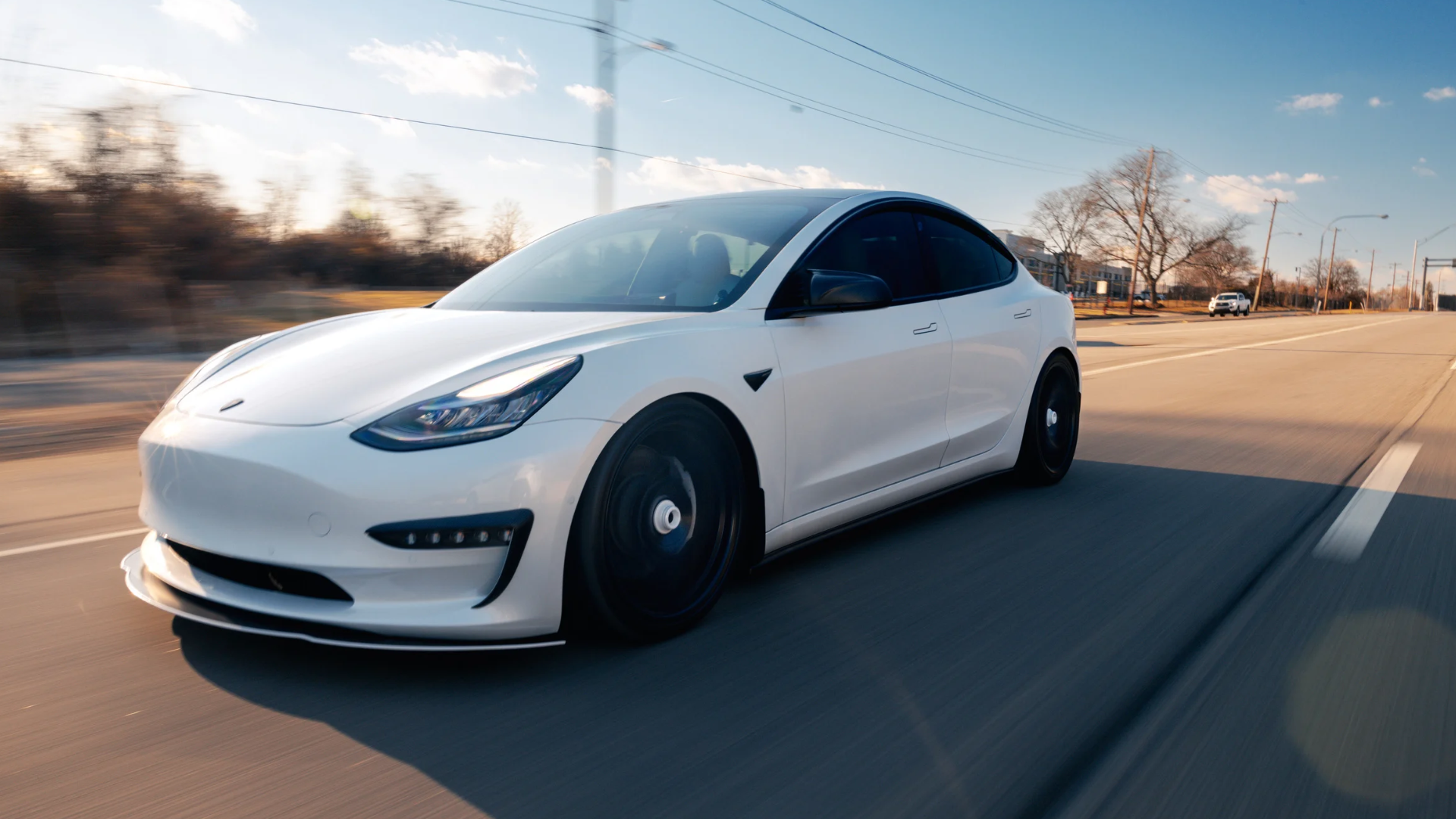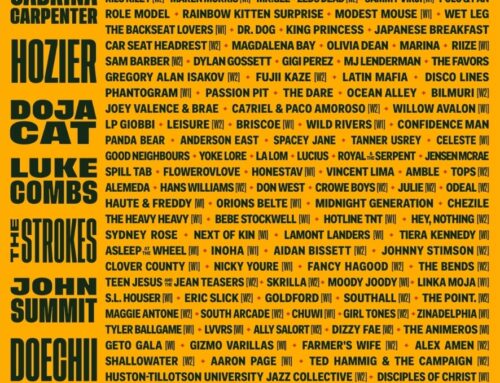Tesla is on the cusp of unveiling its much-anticipated robotaxi, a driverless ride-hailing service designed to revolutionize transportation.
The official reveal is set for August 8th, 2024, marking a significant milestone in Elon Musk’s vision for autonomous vehicles.
This announcement comes after years of speculation and previous delays.
The technology behind self-driving cars has proven more intricate than anticipated, with Tesla facing setbacks and needing more time for development and testing.
Unlike current Teslas, it may lack a steering wheel or pedals altogether, reflecting confidence in its autonomous driving capabilities.
This design choice has reportedly faced internal debate, with some engineers advocating for a safer, more traditional approach until the technology is fully mature.
Tesla’s robotaxi service hinges on its Full Self-Driving (FSD) software, an advanced driver-assistance system that automates certain driving functions.
However, it’s important to remember that FSD is not yet a truly autonomous system and requires driver supervision.
The robotaxi unveiling is just the first step.
Mass production is expected to begin in late 2025, meaning widespread robotaxi availability might not be immediate.
Additionally, regulatory hurdles need to be cleared before driverless operation becomes legal on a large scale.
Despite these challenges, the Tesla robotaxi represents a significant development in autonomous vehicle technology.
It has the potential to reshape the transportation landscape, offering a convenient and potentially safer ride-hailing option.
Here are some lingering questions surrounding the Tesla robotaxi:
- Safety: Will Tesla’s FSD software be robust enough to ensure passenger safety in a driverless environment?
- Regulation: How quickly will regulations adapt to allow widespread robotaxi operation?
- Impact on car ownership: Could the robotaxi model make car ownership obsolete for some people?
The coming months will provide more answers as Tesla unveils its robotaxi and we inch closer to a future of driverless transportation.




